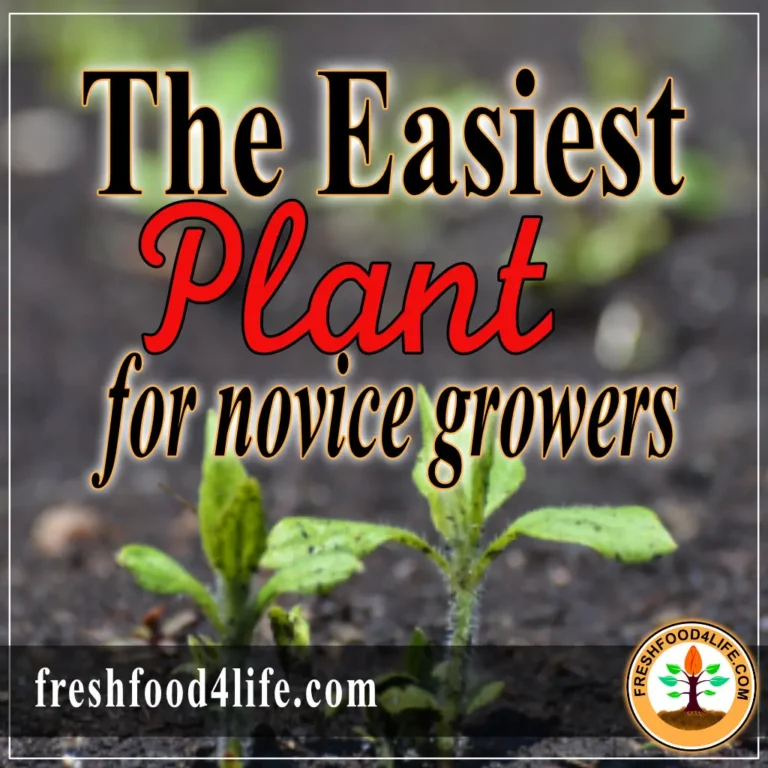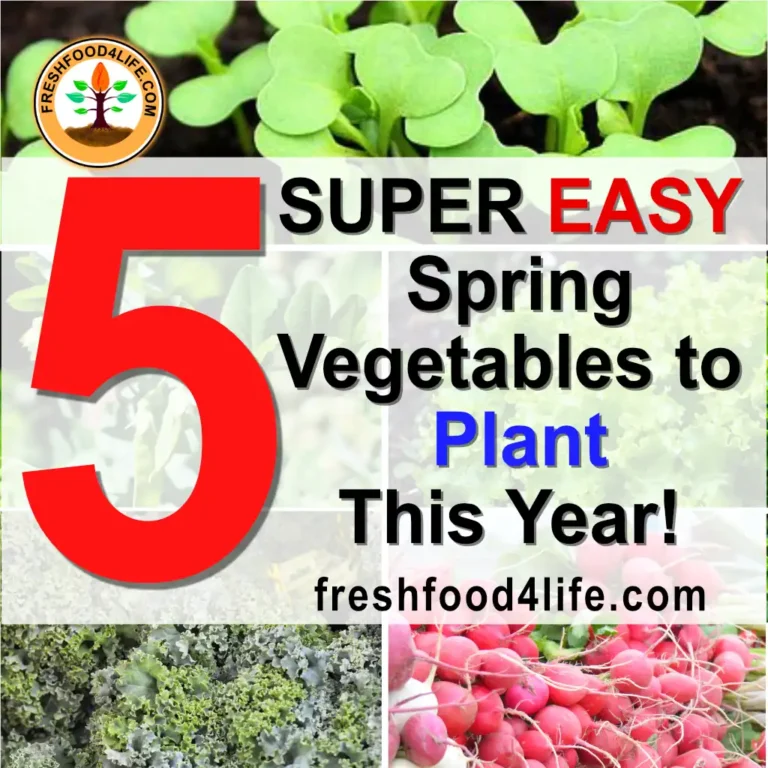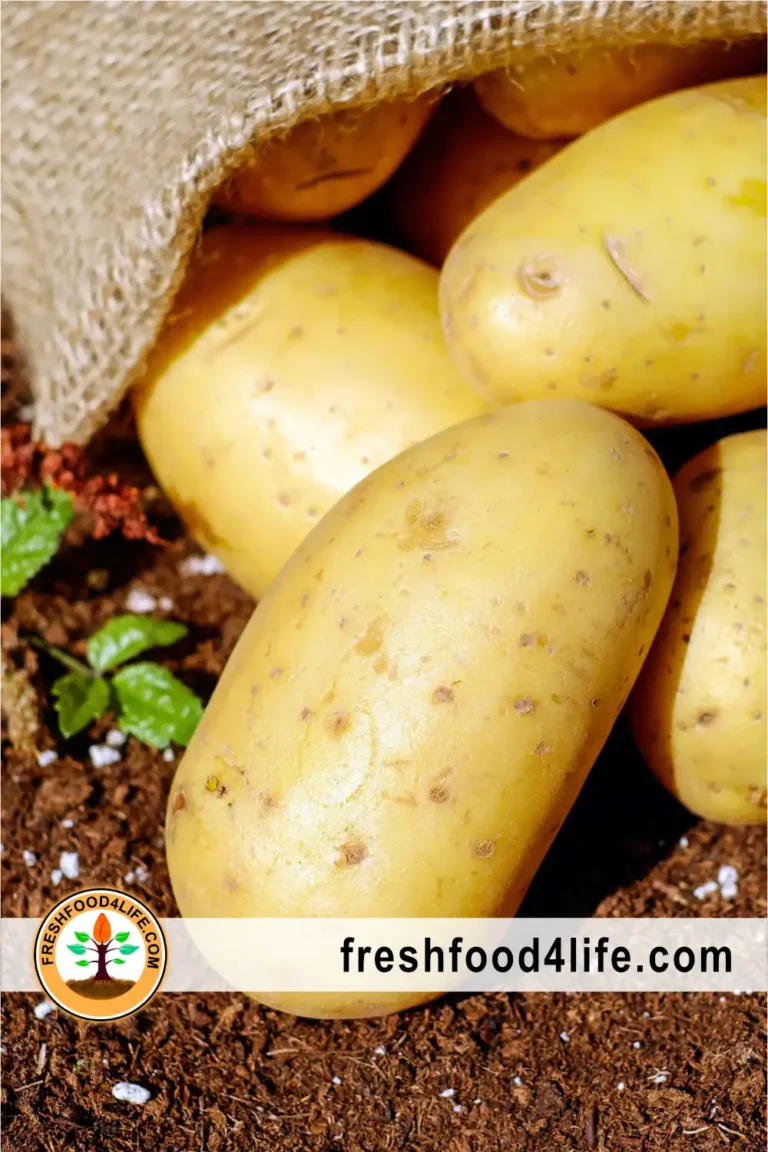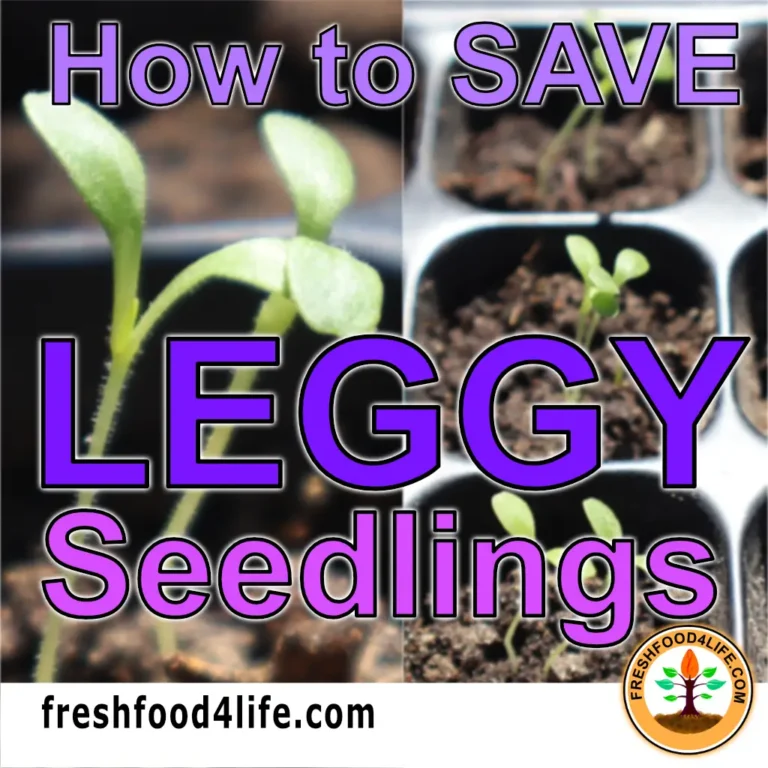Published: January 22, 2025 Last Updated: January 30, 2025
Ever wondered what those numbers on fertilizer bags mean? They represent the NPK ratio, a crucial concept for any gardener. This article will break down what does NPK stand for, explain how these essential nutrients contribute to plant growth, the types of NPK fertilizer ratios, and how to choose the right fertilizer for the job.
Table of Contents
What Does NPK Stand For?

When you look at the different fertilizers, the common thing you’ll see are 3 numbers, (ex. 3-2-3) in a row separated by dashes. Those numbers are called NPK or as some people call it the macronutrients. The 3 letters (NPK) means, N for nitrogen, P for phosphorous, and K for Potassium. And in case you’re wondering why K for potassium? It’s because K stands for potassium in the periodic table.
It’s important to understand that the numbers on fertilizer bags represent the total weight of nitrogen (N), phosphate (P), and potassium (K) within the product. For instance, a 25-pound bag labelled 5-5-5 contains 5 pounds of nitrogen, 5 pounds of phosphate, and 5 pounds of potash. The remaining 10 pounds consist of inert materials, other essential plant nutrients (secondary and micronutrients), and fillers. Learning how plants use the three macronutrients can help you understand how to choose a fertilizer, since each plant has different nutrient requirements.
Understanding NPK
To understand what fertilizer to use, you have to learn what each macronutrient does to the plants.
Nitrogen (N)

Nitrogen (N) is the vital nutrient for plants that helps plants grow, photosynthesis, and the production of proteins and nucleic acids. Nitrogen is very important because it is a major component of chlorophyll, the compound plants use to convert solar energy from the sun to sugars.
That’s why plants that are low in nitrogen typically have yellow leaves and, with too much nitrogen, deep green leaves. Popular natural sources of nitrogen rich fertilizers include blood meal, feather meal, alfalfa meal and fish fertilizer. Nitrogen is also available in the soil, and you can plant crops to harvest nitrogen from the air.
Phosphorus (P)

Phosphorus (P) plays a very important part in the growth of roots, the blooms of flowers and fruiting, disease resistance and general plant health. Phosphorus is essential for cell division, which is why it’s important that young seedlings and plants have it. Popular natural sources of phosphorus include bone meals and rock dust. You can also get lots of phosphorus from manure.
Potassium (K)

Potassium (K) is an essential nutrient for plant growth. Plants use large quantities of potassium during their life cycle. Potassium is associated with the movement of water, nutrients and carbohydrates in plant tissue. If potassium is deficient in the soil, your plants and yields will be smaller.
Potassium also increases root growth, improves drought and disease resistance, prevents energy loss and overall makes the plants stronger. Plants suffering from potassium deficiency may develop discoloured or curled leaf tips. Popular sources of potassium include wood ash, potassium sulphate, compost and manure.
Types of NPK Fertilizer Ratios
Now that you know more about the NPK, people use ratios to determine what fertilizer they need for their plants.
Complete Fertilizers
Complete fertilizers contain nitrogen, phosphorus and potassium. They don’t always contain an equal amount of macronutrient, but they must contain all of it. (Example: 3-2-3, 10-20-8). Complete fertilizers are great if your soil need any of the macronutrients. You can get a soil test done to see what’s lacking and get the best fertilizer to fix it.
Balance Fertilizers
Balance fertilizers contain equal amounts of the macronutrients. (Example: 5-5-5, 10-10-10). While the examples I listed are equal, the 5-5-5 would be less potent compared to the 10-10-10.
Vegetative Fertilizers

This type of fertilizer contains more nitrogen than phosphorus and potassium. This fertilizer is best for plants that need more nitrogen to grow, like leafy greens.
Flowering & Fruiting Fertilizers

This type of fertilizer contains more phosphorus than nitrogen and potassium. For plants that have vegetative growth in the first phase but flowering and fruiting growth in the second, you want to switch to a fertilizer that encourages flower and fruit production.
How To Pick The Right Fertilizer

Choosing the right fertilizer can make the difference between getting good results and failing miserably, so here are some key guidelines to follow to know what fertilizer you should get.
The first thing you should do is test your soil. A soil test will tell you what macronutrients are lacking. From there you can get the right fertilizer for your plants. You don’t need to test your soil every time you plant something. If you are planting vegetables, then you can use a fertilizer that’s high in nitrogen. If you have a plant that’s flowering or fruiting, you can use a fertilizer that’s high in phosphorus and potassium.
Sometimes fertilizers are formulated for the plant you’re growing. You can find formulated fertilizers for vegetables, lawns, trees, and flowers. But before you buy anything, make sure you read the label of the NPK ratio and what the package say it’s best for. If you’re unsure, you can use compost, which is a slow release fertilizer. A slow release fertilizer is unlikely to cause any harm to your plants.
Final Thoughts
Understanding fertilizers doesn’t have to be difficult. As long as you know the plant nutrition requirements, you can choose the right fertilizer for the job. If you’re unsure, use a mixture of compost and manure. Ultimately, successful gardening is a journey of continuous learning and experimentation. Make sure to get your copy of the FreshFood4Life Gardening Journal, so you can record your observations and continually improve. By observing your plants, understanding their needs, and adapting your approach, you can unlock the full potential of your gardenhome garden A designated area around a residential property where individuals cultivate plants, fruits, vegetables, or ornamental plants for personal use. It comprises a farming system that combines physical, social, and economic functions on the area of land around a family home, providing a sustainable source of food and other benefits for the household, extended family, and friends..




